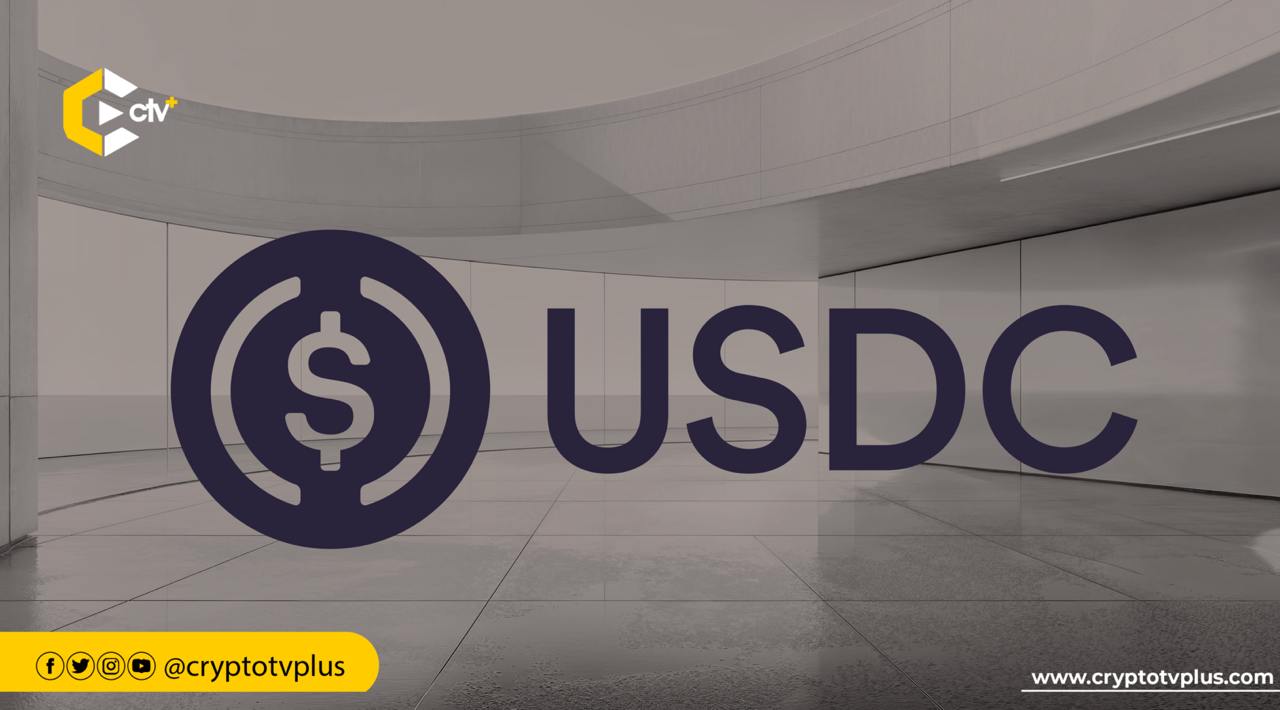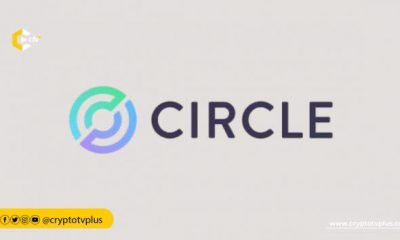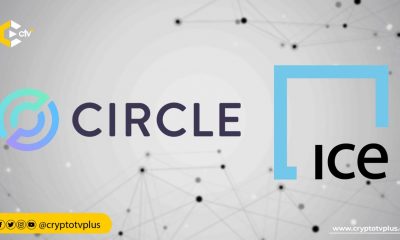News
USDC 2024 report shows a 78% growth, hitting $20T in transactions
Stablecoins have experienced sharp growth globally, with USDT and USDC at the top in the last two years. USDC in particular has become a regulated digital asset, making it more acceptable.

Circle’s stablecoin, USDC, reached a milestone of $20 trillion in transaction volume after six years of existence. A 2024 report by the company also noted that the stablecoin’s first $1 trillion monthly transaction was in November 2024. This data affirms more usage and adoption of USDC as one of the most popular stablecoins.
A stablecoin is a cryptocurrency pegged to assets like fiat currency (e.g., USD), commodities (e.g., gold), or a basket of assets, minimizing price volatility for practical use in transactions and savings.
USDC (USD Coin), by Circle, is a fiat-collateralized stablecoin pegged 1:1 to the US dollar, backed by cash and short-term US Treasury bonds.
Circle also offers EURC (Euro Coin), a stablecoin pegged to the Euro, providing similar stability for digital Euro transactions.
78% year-to-year growth
In the same year, circulation increased by 78% compared to the previous year. This growth rate surpasses that of all other major global stablecoins, especially the key competitor, USDT.
Tether’s stablecoin, USDT, experienced a steady market value increase but at a slower pace than USDC. At the beginning of the year, USDT’s total market capitalization was $91.7 billion. By the end of 2024, it had grown to $137.5 billion, marking an increase of about 50%.
Despite USDC’s significant growth in 2024, its total market value remains about 22% lower than its peak of $55.9 billion, reached in June 2022. This indicates that while USDC is recovering and expanding, it has not yet returned to its peak size from two years ago.
USDC becomes MICA-compliant and obeys Canadian-stablecoin rules
A significant factor in USDC’s rise in 2024 is Circle’s commitment to regulatory compliance and transparency. In 2024, Circle made history as the first major global stablecoin issuer to fully comply with the European Union’s Markets in Crypto Assets (MiCA) regulation. This compliance is crucial for USDC’s stability and future in Europe, offering users a sense of security in an increasingly regulated environment.
The MiCA regulation, proposed by the European Union, provides a clear legal framework for managing digital assets. MiCA aims to ensure financial stability, protect investors, and promote innovation in the crypto market by setting guidelines for issuers of cryptoassets and service providers.
Read also: Circle to launch USDC on the Sui Network
The regulation addresses areas such as stablecoins, market abuse, and the operation of crypto service providers.
For instance, it requires stablecoin issuers to maintain sufficient reserves and adhere to operational guidelines, ensuring stability and reliability. Additionally, it mandates transparency, consumer protection, and security for businesses in the crypto industry.
Additionally, Circle became the first stablecoin issuer to meet Canada’s new listing rules which demonstrates its commitment to maintaining a globally compliant and reliable stablecoin.
USDC’s positive impact extends beyond the traditional financial systems. It plays a key role in providing financial access to the unbanked and underbanked populations worldwide. It currently services users in more than 180 countries around the world and has an open network that’s integrated with 16 different blockchains.
EURC $1 billion weekly transfer volume
In October 2024, EURC, the euro-backed equivalent of USDC, reached a significant milestone by surpassing $1 billion in weekly transfer volume. It also became the largest euro-backed stablecoin by total circulation.
Euro-backed stablecoins are digital currencies pegged to the euro (EUR), the official currency of the European Union. Like USDC, which is tied to the US dollar, these stablecoins are supported by reserves held in euro-denominated assets.
In addition to EURC, other euro-backed stablecoins include EURS (STASIS), AEUR (EURt, Tether), CEUR (Celo), and EURA (Angle Protocol). Among these, EURS boasts the highest market capitalization, exceeding $129 million.






















